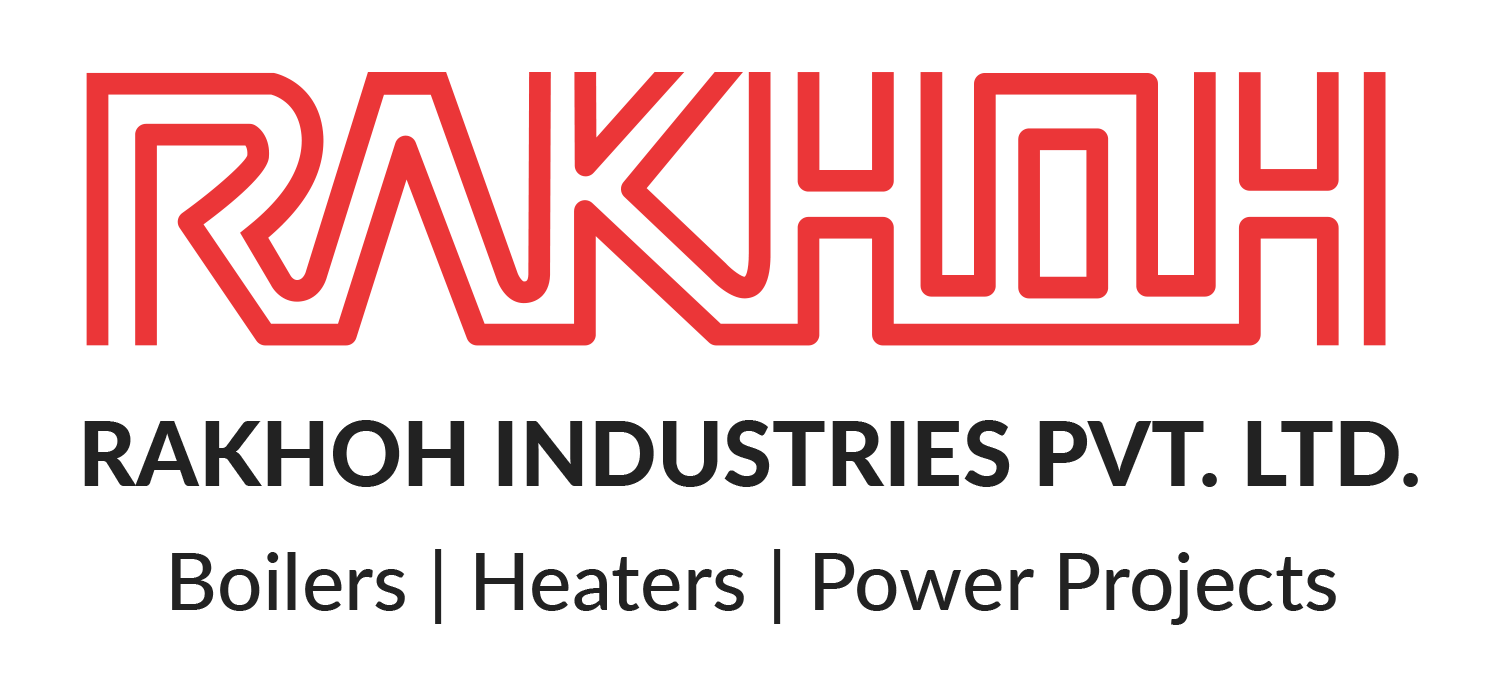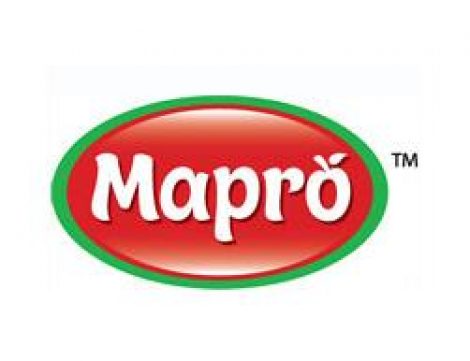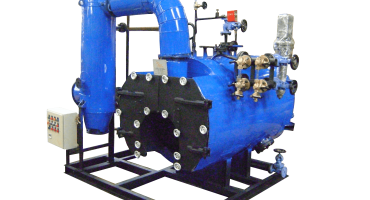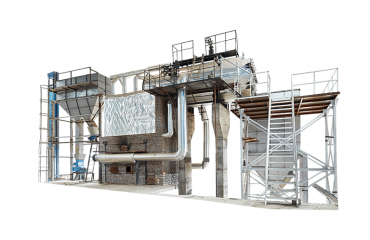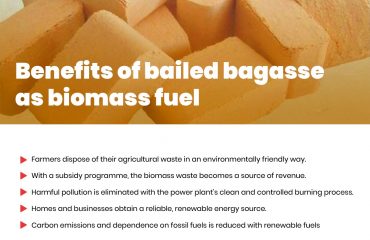
Industrial boilers are essential for providing steam for heating, drying, sterilizing, and power generation in the process and manufacturing sector. Steam traps are integral for performance output in steam boilers. However, steam traps are overlooked during regular boiler maintenance. To consistently produce the desired energy levels for boilers, steam traps are maintained properly. There are various methods to test the condition of a steam trap to determine if it is operating as it should.
What are Steam Traps?
A steam trap is a mechanism filtering out the condensate (condensed steam) and the non-condensable gasses (air) without releasing the live steam from the system.
Depending on the steam system, the amount of condensate steam carried by the trap varies. The trap eliminates condensate as soon as it forms or hinders below the steam temperature.
When picking the right trap for a steam boiler, it should be ensured that it can carry out its given functions, no matter the condition. Steam traps also include different extremes of temperature or water hammer. No matter the conditions, monitoring the steam trap and careful selection is necessary to improve the boiler system efficiency.
Types of Steam Trap:
The three primary types of steam traps are as follows:
- Thermostatic (Functioning by Fluid Temperature Changes)
A thermostatic trap responds to the temperature changes. Therefore, it is an ideal type of steam trap between steam and cooler non-condensable gasses. Its pressure decides the temperature of saturated steam. The steam in the space releases its heat and produces condensate at the steam temperature. The condensate temperature drops to prevent heat loss. The thermostatic trap passes condensate when it is at a lower temperature. As the steam reaches the trap, the temperature will increase and close the trap.
- Mechanical (Functioning by Fluid Density Changes)
Mechanical traps operate by sensing the difference between steam and condensate and include elements like ball float traps and inverted bucket traps. In ball float traps, the ball rises due to condensate. Consequently, the valve opens and transfers the denser condensate. On the other hand, in the inverted bucket trap, the inverted bucket floats as the steam reaches the trap. As it reaches the trap, the steam rises and shuts the valve.
- Thermodynamic (Functioning by Fluid Dynamics Changes)
Thermodynamic traps partly depend on the flash steam formation from the condensate. Thermodynamic traps cannot differentiate between steam and or other non-condensable gasses. Steam traps associated with the thermodynamic trap include the following components– disc, impulse, and labyrinth traps.
How do Steam Traps Work in Boilers?
The primary goal of steam traps is to separate the steam from air and condensate. If a steam trap does not operate properly, it may lead to various issues. It can impact the efficiency and productivity of the boiler pipes and pumps. Leakages would result in the boiler system exerting more energy for producing an equal level of latent heat. Boiler steam traps affect the efficiency of the entire boiler. If the bills are increasing significantly, it is an indication that the steam trap is not operating properly. Therefore, routine steam trap surveys with cost-effective and time-saving techniques are crucial to detect problems early on.
Testing the Steam Traps:
Some common methods for testing the steam traps are as follows,
- Visual Observation:
Visual observation is an important step in determining whether a trap is operating or not. Lack of any condensate discharge or an extremely large amount of steam leaking out of a trap indicates the requirement for trap repair. Steam traps also need to be checked for pinhole, connection joint, and gasket leaks.
- Testing through Temperature:
Determining the inlet condensate temperature of the trap is the first step in the steam trap failure test. Except in cases of intentional subcooling (such as certain low-temperature tracing), the trap inlet condensate temperature should be near that of saturated steam.
Cold Traps (Blocked)
Temperature is helpful while determining if:
- A trap is blocked
- Its capacity is insufficient
Such problems lead to condensation to the backlog, lowering the trap’s temperature. With the low temperature and the application in service, the low reading indicates an undersized trap, incorrect pressure orifice, a blocked trap/strainer discharge failure, or a negative pressure differential condition in the case of equipment supplied through a modulating control valve.
- Testing through Sound:
Condensate flowing through a trap generates sound and vibration as well as the opening and closing valve mechanism of the traps. When a trap is not operating properly, it leads to different types of sounds. Identifying the sound difference can be one method of examining the condition of a steam trap.
For example, in bucket traps scale and other floating debris block the vent hole, causing the inverted bucket to shut temporarily and causing blocked discharge and freeze-ups in certain environments.
Live steam leaking from a trap produces a different sound, which is somewhat, between a whistle and a wave. A whistle is a vapor-based, high pitch sound that cannot be imitated with a liquid.
Routine Steam Trap Maintenance:
With the energy costs and production reliability demand, it is necessary to ensure a regular steam trap maintenance program that can identify defective steam valves, traps, strainer failures, and blowdown valve failures. Oversizing and dirt within the system are two of the most common causes of steam trap failure.
Some of the indications that help in examining steam trap failures are:
- An overly warm boiler room
- The condensate pump water seal is failing prematurely
- Overheating or under-heating in restricted space
- Condensate receiving venting steam
- Difficulty in keeping up with vacuum in the return lines
- Water hammer in steam and condensate lines
- Difficulty in maintaining the boiler operating pressure
- Steam buildup in condensate return lines
- Higher expense in energy bills
- Same temperature of the inlet and outlet lines
Conclusion:
Since its inception in 1983, Rakhoh Boilers have emerged as the leading boiler manufacturer in Pune with 3000+ successful boiler installations in over 26 countries worldwide. We have delivered efficient steam boilers, waste heat recovery systems, thermic fluid heaters, boiler accessories, and boiler services to 20 process industries globally.
For more details, visit our website www.rakhoh.com
